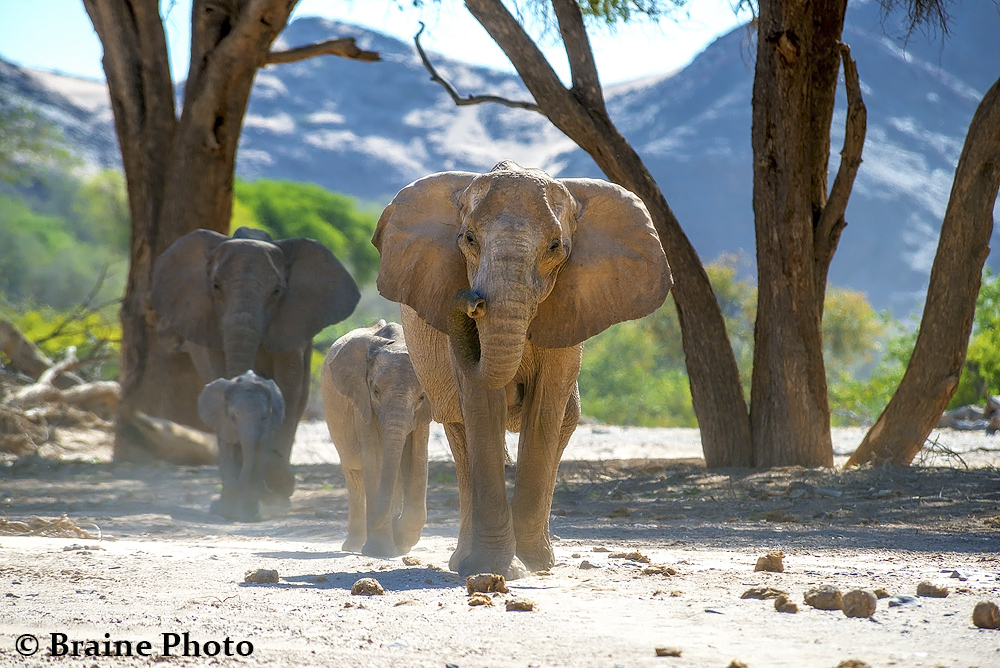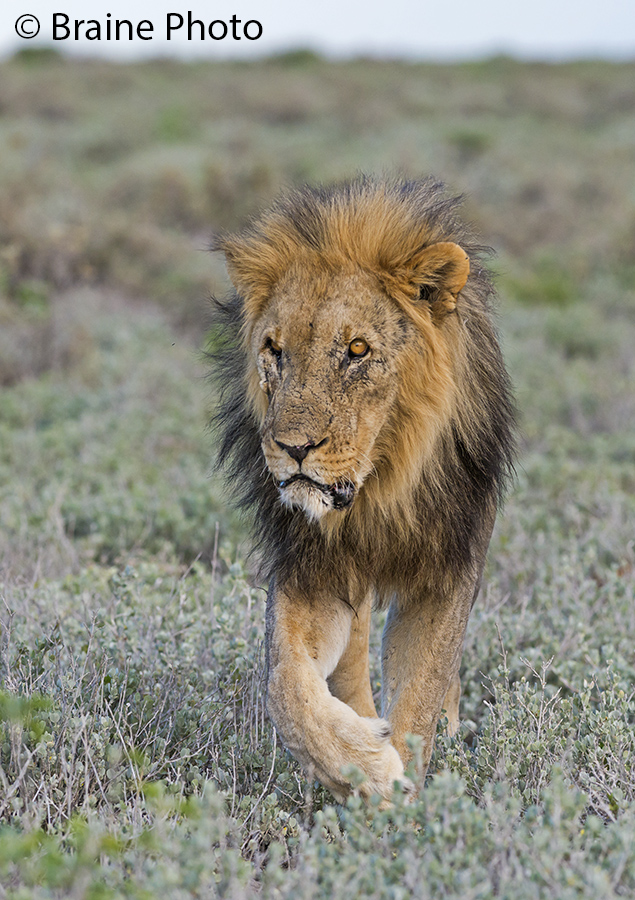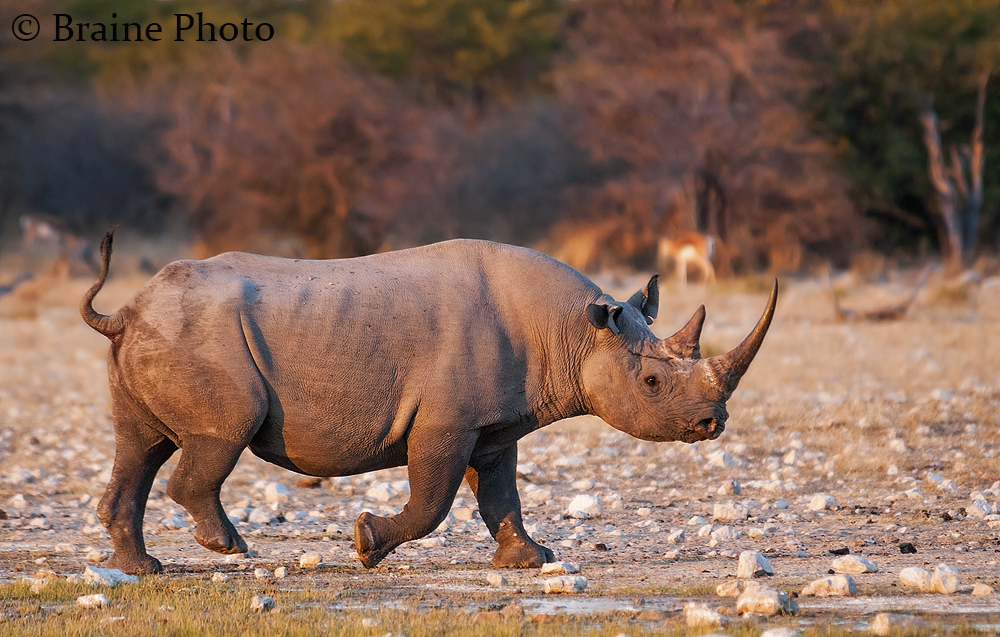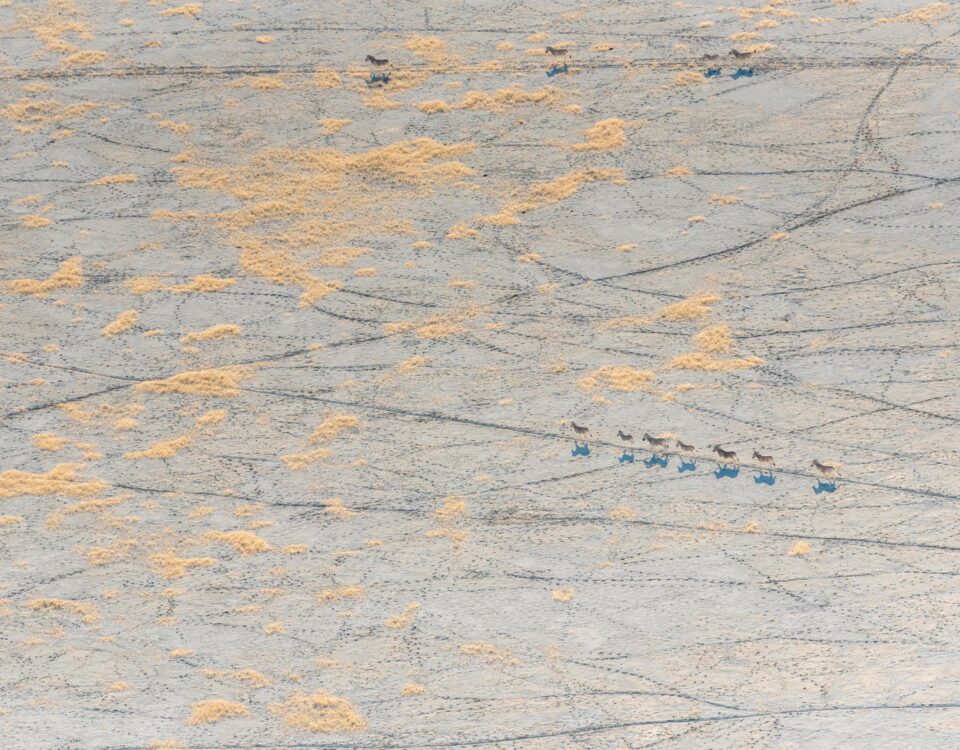Hilton Windhoek: New culinary Master joins
February 27, 2014Tourism sector worried about threat of Air Namibia strike
February 28, 2014By Jana-Mari Smith
A curious and surprised look from an oryx making its way up a steep cliff, an unguarded moment between a jackal mother and her pup, the cruel curves of a scorpion made delicate and beautiful against the soft outline of dunes, a lazy yawn from a contented lion, the perfect light over unblemished landscapes.
These are just some of the moments captured by Namibian photographer and expert birder Sean Braine. It could be said that it was inevitable that Sean would gravitate towards the art of photography, since he was born into a family who are fanatical photographers, birders and nature lovers.
Also, the fact that his youngest days were spent in the renowned and at that time relatively inaccessible Skeleton Coast Park might have helped foster a keen eye for nature’s palette.
Inheriting talent is not as inevitable as inheriting a fondness for nature and photography. What these past years have proven though, is that Sean is not only heir to his family’s love of all things natural and capturing them through the lens of a camera, but that he is also blessed with a store of personal talents that make him someone to watch in the cutthroat world of environmental photography.
Sean recently took time out of his busy shedule as a guide and joint-owner of Batis Birding in Swakopmund, to answer this Q&A
Tell us about your beginnings as a photographer? What sparked your initial interest in photography?
- My interest in wildlife/nature photography was sparked by my father who gave me a ‘hand me down’ Nikon F2 film camera and a few lenses. Having grown up (and still work) in the bush it was a natural progression toward photography due to the amount of unique wildlife sightings i have on a regular basis. Like any type artist the pursuit of perfection keeps the drive.
What are your favourite photographic subjects?
- I focus on any type of natural history i.e..wildlife, birds and landscapes. I have never been good at taking human images but enjoy the challenge and unpredictability of capturing wildlife behaviour.
Tell us about your most unforgettable photographic moment or moments?
- Its quite difficult to say as each situation is unique and creates its own challenges. I think for me its more about being outside and trying to anticipate photographic opportunities as apposed to trying to pin down one specific moment.
What keeps you going as a photographer? What motivates you?
- The pursuit of photographic perfection, meaning that i will probably not stop any time soon.
What are your tips to others of how to make sure you get the shots you want? How do you approach your photography as a lifestyle?
- I can only speak from a natural history point of view so being able to anticipate natural situations is a good start, this is definitely something that requires many hours in the bush observing animal behaviour and understanding your specific subject, patience is key. Light is the most important aspect of any photography, so choose your time of day carefully (early mornings and late afternoons are best).
- Framing of your images are important to tell the story you are trying to depict in your images, read up about the rule of thirds, it involves mentally dividing the viewfinder frame into thirds, both horizontally and vertically. The four lines and four intersections of these lines can then be used as invisible guidelines to help you find the most dynamic subject placements.
- Learn how to use your camera properly, understand shutter speeds aperture and light reading, most sightings in the wild are fleeting and you don’t want to be caught with your pants down and miss the shot.
- In wildlife photography your angle is also very important. Try to get as low as possible in order to get a good perspective of your subject, even eye level is low enough. These are just a few of the general guidelines i use for successful wildlife images.There are many different takes on photography as in all of the arts but as a lifestyle in my case it basically is driven by the complete beauty and awe i have for the natural world and trying to capture it as a still image that is able to tell the story of that particular moment.
Every destination has its challenges and rewards, how does Namibia compare to other places you’ve photographed?
- Namibia must rate as one of the most photographed destinations within the natural world. There are not many countries in the world with such diverse habitats and photographic contrast as the country i am fortunate to live in. Inspiration is literally everywhere yet getting a fresh take on some well photographed areas keeps me inspired to try and capture something unique.
Which 3 photos shot in Namibia are you most proud of and why?
- That is a tough question as I personally feel I am progressing and only now do I feel I am getting images that I am starting to feel content with. So my 3 favourites are pretty much in the making.
When going on a Namibian photographic expedition, what is your equipment of choice? And what do you never leave home without?
- My equipment is all Nikon but whatever brand you choose the next few pieces of equipment are a must when travelling in Namibia
- When in a country like Namibia you will be taking quite a number of landscapes so a good quality wide angle lens is a necessity paired with a good sturdy tripod. For wildlife you want anything from a 200mm to 500mm zoom lens, there are many to choose from but it all depends on what fits your pocket.
- Any large telephoto lenses are pricy but if you can afford it you cannot beat the quality prime lenses offer, even paired with a teleconverter they produce crisp quality and good low light handling.
- The 80-400mm nikkor or 70-200mm are both quality lenses that are affordable and offers a good range.
- Make sure you have enough batteries and memory, you don’t want to run out in the middle of a shoot.
- A good cleaning kit is necessary as conditions in Namibia are dusty, very dusty.
- Lastly your camera body is very dependent on what you want out of your photography and how much you are willing to pay. Ideally you want top of the range but a decent full frame camera is important for landscape photography and a cropped sensor camera for wildlife, unless you can afford 2 full frame camera bodies as the quality and low light handling capabilities of the newer full frames are unsurpassed.
- I personally am shooting a Nikon D800 and D300s both of which i am extremely happy with.
A photographer friend is desperate to capture the best of Namibia. What top 3 tips would you give them?
- Shoot at dawn and dusk, you can’t beat that light, it doesn’t last long so use it wisely.Look wider, its always good to add a bit of the surrounding environment, as most people want to get in as close as possible and isolate the subject with no sense of where the image was taken and where the subject lives. Spend time ‘out there’ and just enjoy it as much as possible. It’s like fishing, if you don’t have your line in the water you not going to catch any fish.
RELATED
Q&A with photographer Paolo Solari Bozzi













